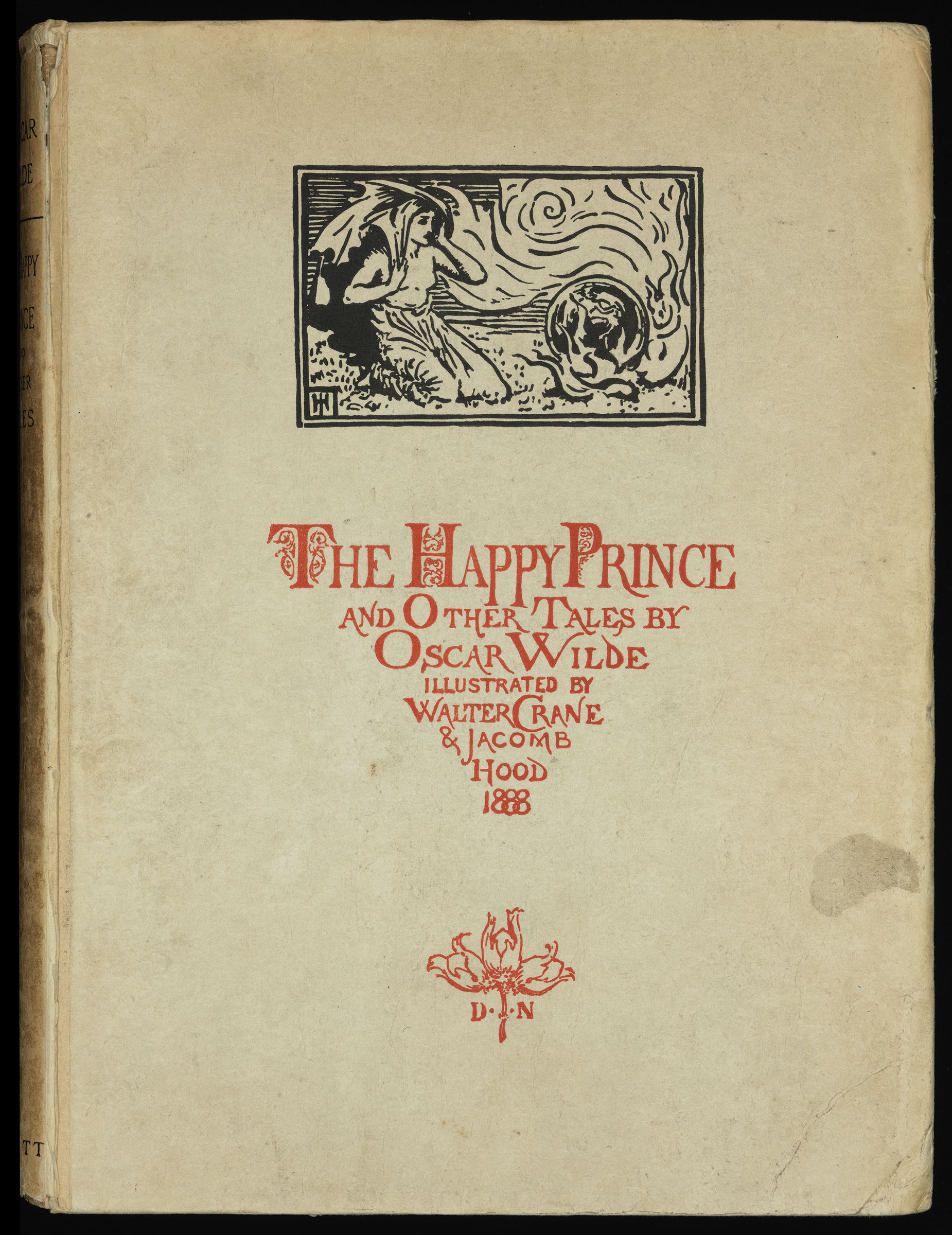
But these influences find themselves combined with a peculiarly Wildean attitude to life and art: the statue must lose its outward beauty to be truly useful to society. The Happy Prince is probably the most well-known story among all of them. The book consists of a total of five stories for children. In some ways, we might regard ‘The Happy Prince’ as a combination of Hans Christian Andersen’s wistfully tragic fairy tales and Charles Dickens’s social problem novels about child poverty. The Happy Prince short story was published in May 1888 as part of a collection of stories for children.

Wilde himself once said that this and his other fairy stories were ‘an attempt to mirror modern life in a form remote from reality – to deal with modern problems in a mode that is ideal and not imitative’. Bing Crosby and Orson Welles, those giants of Hollywood, even tried to make it into a musical extravaganza, though not with any real success. ‘The Happy Prince’ has been dramatised on many occasions, and remains one of Oscar Wilde’s best-known works – perhaps his best-loved short story. In some cases they will be expanded into longer entries as the Literary Encyclopedia evolves.The Swallow agrees to help the Happy Prince because he loves him, and the Happy Prince wants to give up his gold and his jewels out of compassion for the poor and downtrodden of the city. It contains five stories 'The Happy Prince ' 'The Nightingale and the Rose' 'The Selfish Giant' 'The Devoted Friend' and 'The Remarkable Rocket'. A pleasure seeking prince, a selfish giant, and Wildes fairy tales, first published in 1888, for childlike people from eighteen to eighty.


You are not a member of a subscribing institution, you will need to purchase a personal Download this stock image: books, Oscar Wilde: The Happy Prince and other Tales (1888), reprint, Citadel Press, 1947, Additional-Rights-Clearences-Not. Offer, or via your institution's remote access facilities, or by creating a personal user account with your institutional email address. Institution ( see List), you should be able to access the LE onĬampus directly (without the need to log in), and off-campus either via the institutional log in we If you are a member (student of staff) of a subscribing


 0 kommentar(er)
0 kommentar(er)
